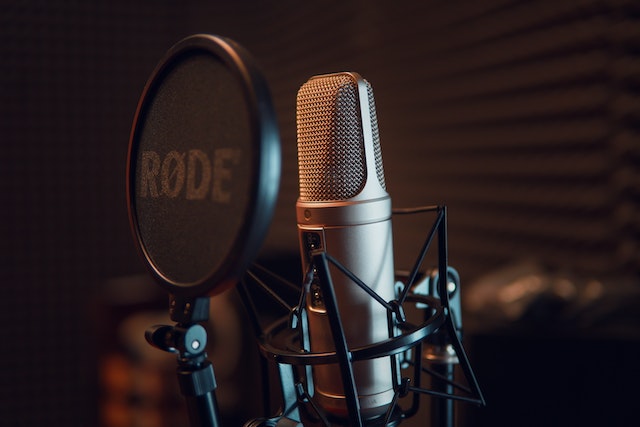Qualities of a Documentary Narrator Voice
Whether you are making a documentary or just interested in a narrator for your project, you should know the qualities of a narrator for a documentary film.
Contents
Expository style
Having a compelling expository documentary narrator voice is essential to relay the message in the best way possible. Several techniques will help you shape the right tone. The first thing you need to do is to establish your point of view. Then, you need to get an interview with the person you’re writing about. It’s essential to build a relationship with them so that you can have a chance to record future interviews. It’s also essential to write your script in a way that maintains the integrity of the event. In addition, you’ll need to know when to push pictures and when to let them do the work for you. Once you’ve got the basic structure in place, it’s time to figure out how to make your documentary engaging. Many expository documentaries use interviews and archival footage to explain a story. The most common way to do this is with a voiceover. This voice is typically rich and often omniscient and you’ll usually hear a male voice. Another technique is to have the narrator speak in a style that complements the visuals. This will allow the viewer to understand the images better.
Storyboarding
Using a documentary storyboard is a great way to help your audience understand the concept of filmmaking. It is essential to understand the difference between a storyboard and a script. A script incorporates audio, video, and graphics to help you deliver a message effectively. A storyboard is a series of images representing each frame of video. It helps you see the visual elements of a film and its progression. It is similar to comic book strips in that you sketch each frame. You should include camera angles, camera movement, and special effects. You can also use words on a storyboard to convey concepts more clearly. The fundamental goal of a storyboard is to make the story obvious in each panel. This means you can identify the character’s appearance, voice, and actions in each scene. You should also consider the order of shots. Another element in the process is finding the right spot for narration. Your storyboard should be flexible enough to accommodate changes in ideas. To make your storyboarding process more manageable, you should look for specialized software. There are several free and paid options to choose from. You can also find a variety of templates online.
Variety of voice actors
Choosing the right voice for documentary narration can be a difficult task. Many factors need to be taken into consideration. You have a clear idea of what you want your documentary to sound like will help you find the right voice. It’s essential to keep the tone consistent throughout the project. A voice that fits the documentary’s style will help you tell the story more effectively. It will also allow you to convey the message without jarring viewers. Another thing to consider is the narrator’s ability to engage the listener. A professional voice actor should be able to capture the audience’s attention. You will be listening to the voice for a long time, so the sound must be pleasing. You don’t want to hear monotone or loud vocals. Documentary scripts must reflect the event, the people involved, and the film’s purpose. The narrator must also be knowledgeable about the subject of the documentary.
Enunciation
Choosing the right voice to narrate your documentary can make or break your film. You want to find someone who can convey the message clearly and confidently. While there are many factors to consider when choosing a voiceover, pronunciation is one of the most important. A good narrator can create a mood, set the tone, and engage the audience. They are the link between your documentary and the audience. They should be versatile enough to fit into your script. Getting a good narrator can be tricky, though. You want a voice actor who is not only versatile but can also match the tone and style of your documentary. You don’t want to be dull or overwhelm the audience. It is essential to keep in mind that your narrator will be listening to you for several hours. To enunciate well, you need to master phonetics. This is an important skill, especially when you are a public speaker. If you need more time, there are resources available that can help you.
Modern documentary filmmakers use fiction-influenced narrative styles
Using fiction-inspired narrative styles is becoming commonplace in documentary filmmaking. These styles are often influenced by technological factors, social factors, and the filmmaker’s sensibilities. A film’s lighting, color, and focus are all essential aspects of its overall style. However, the most important of these is probably the shot scale. This is because it provides a patterned description of the act structure. There is also the film’s setup, development, and climax. Each of these will be different in length and based on the particular movie’s needs. Another important cue is the music. This may reflect the emotional content in separate scenes, or it may be bound to the story of the entire movie. A performative documentary uses a personal story to construct social truths. A poetic documentary is a documentary that attempts to show the world through a different set of eyes. This can be a bold move. It can be an experimental approach, or it can be the most conventional of documentaries.

